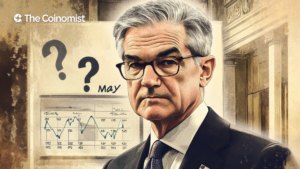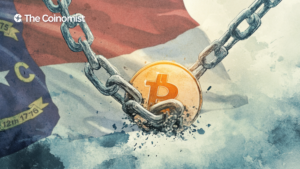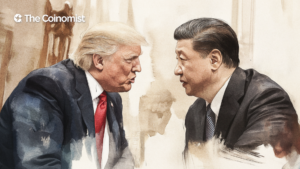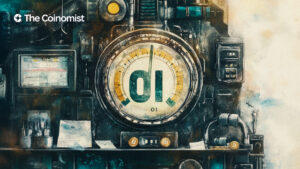Why Stablecoins Are Changing Lives in Argentina Today
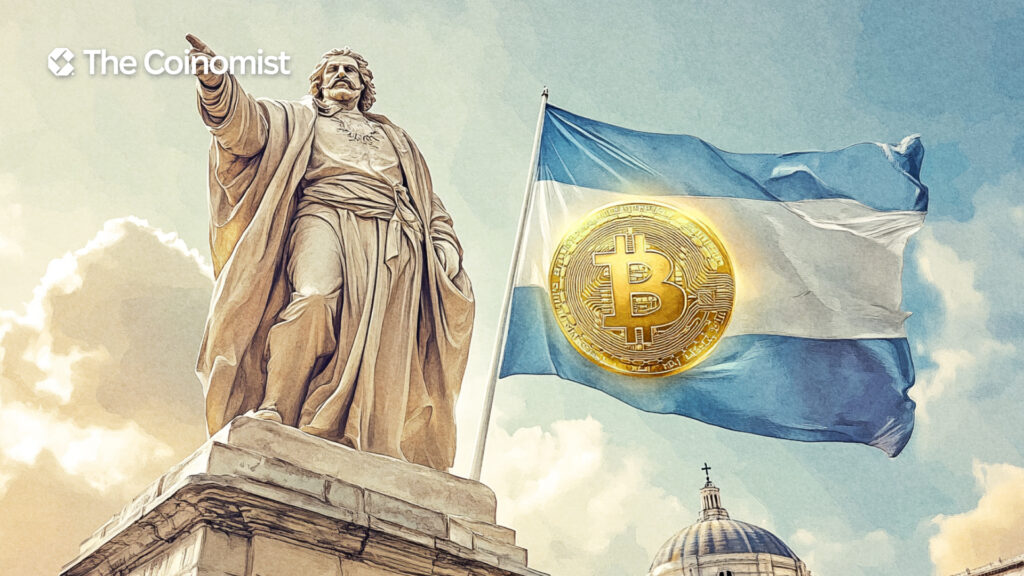
With the Argentine economy under pressure, stablecoin adoption in Buenos Aires is soaring. Locals now rely on digital dollars to protect their wealth and cover routine expenses.
On this page
- Why Stablecoins Are a Survival Tool in Crypto Buenos Aires
- Stablecoins in Argentina: Stability in a Time of Doubt
- Peer-to-Peer Crypto in Buenos Aires: Trust, Privacy, and the Black Market
- How Cryptocurrency Powers Daily Transactions in Buenos Aires
- Stablecoin Adoption in Retail Commerce
- Crypto and the Argentine Freelance Economy
- Blockchain-Driven Growth of Crypto Culture
- Blockchain Integration in Buenos Aires Public Services
Why Stablecoins Are a Survival Tool in Crypto Buenos Aires
Even with a new president at the helm, Argentina’s economy is still reeling. While President Milei’s reforms signal change, the peso continues to slide, holding near 1,000 to the U.S. dollar, as inflation steadily erodes the real value of earnings and savings. People across the country are doing what they can to stay afloat—protecting their financial stability by any means necessary.
This has led to the widespread adoption of crypto, particularly among residents of Buenos Aires and the city’s growing expat community. While stablecoins in other global crypto hubs—like San Salvador, Lisbon or Austin—are commonly used for spending, in crypto Buenos Aires, they play a far more urgent role: they’ve become a store of dollar value, helping people protect their hard-earned money in a collapsing currency environment.
What began as a tech curiosity in Buenos Aires is now part of Argentina’s financial survival toolkit. Cryptocurrency has become a lifeline in a city where volatility is routine.
Today, Argentinians turn to crypto for:
- shielding their savings from devaluation,
- managing everyday purchases,
- and stepping outside the constraints of a tightly controlled banking system.
Check this out: Crypto Regulations in Argentina
Stablecoins in Argentina: Stability in a Time of Doubt
At present, inflation in Argentina sits near 40% per year—a marked improvement from the 100% highs of recent memory. But for most people, that change is only statistical: real living costs keep rising faster than incomes.
Following a steep peso devaluation in 2023, the currency now trades close to 1,000 per U.S. dollar. Yet, the public’s faith in the peso remains nearly nonexistent.
For many, stablecoins have become the rational choice to preserve value in a system where value itself is fragile.
Souvenir vendors in La Boca, a historic district of Buenos Aires, typically earn about 200,000 pesos per month—equivalent to $190 at the prevailing exchange rate. These earnings barely cover essentials like food and rent. With prices increasing by 3–4% each month, long-term budgeting has become virtually impossible.
To guard their savings from inflation, small-scale vendors routinely convert their income into dollar-backed stablecoins, such as USDT and USDC. Most use exchanges like Binance, trading pesos at the unofficial yet more favorable blue dollar rate, which remains better than regulated bank rates even after fees.
This method has become commonplace. In crypto Buenos Aires, stablecoins now provide accessible dollar liquidity and an urgently needed sense of stability amid economic volatility.
Government rules still make it hard to protect your money: the official dollar cap is stuck at $200 a month, and you’ll pay taxes on top of that.
But stablecoins change the game. Because they aren’t recognized as formal currency or assets, they let people bypass those restrictions. In Buenos Aires, they’ve become the go-to tool for anyone trying to keep their savings safe in a system that’s failing them.
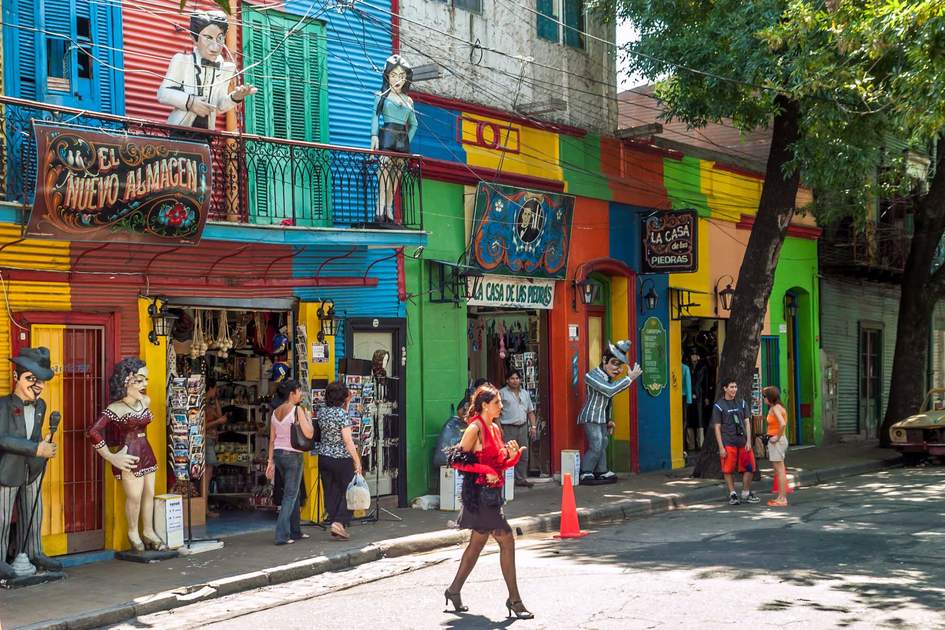
Geopolitical aspects: Why Latin America Is Banking on Stablecoins
Peer-to-Peer Crypto in Buenos Aires: Trust, Privacy, and the Black Market
In crypto Buenos Aires, the official crypto platforms just don’t cut it. When it comes down to choosing between “platform security” (often overstated) or real anonymity, most go for the latter—even if blockchain privacy is still under debate.
That’s why crypto caves—illegal P2P exchanges—are booming. They run out of rented apartments and quiet offices, no logos, no questions. The operators? Mostly ex-cab drivers and door-to-door salesmen, now middlemen arranging crypto-for-cash deals via WhatsApp.
It’s off the books, off the radar, and fully part of stablecoin Buenos Aires.
Here’s how it works: people show up with cash, and the operator sends USDT straight to their crypto wallet—fast, usually in minutes. The rate? Often better than what you’d get on an exchange. And no paperwork: no ID, no tax code, no hassle.
That’s exactly what draws users looking to dodge fiscal tracking or banking delays.
The model isn’t new—it’s just evolved. These crypto caves are digital descendants of Argentina’s old-school financial caves, the places where people swapped pesos for dollars back when doing so legally wasn’t an option.
Adapted to modern times, these peer-run exchanges are now an integral part of Buenos Aires’ shadow economy. They serve as frictionless access points to crypto, particularly useful when banks impose limits on transfers to crypto firms.
The operators of these crypto caves typically take a 2–3% fee, offering residents a discreet alternative for managing their finances beyond traditional banks.
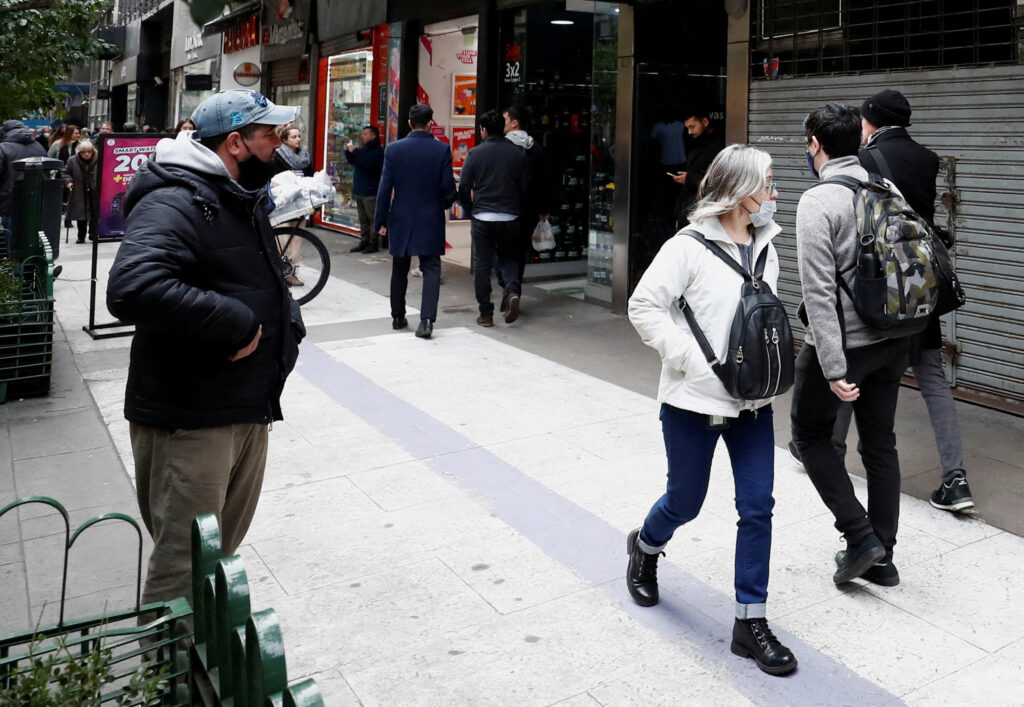
Personalities glimpse: Javier Milei’s Wild Gift to Elon Musk: A DOGE Chainsaw?
How Cryptocurrency Powers Daily Transactions in Buenos Aires
It’s 2025, and crypto in Buenos Aires is more than a buzzword—it’s what gets things done.
From freelancers billing clients in USDT to local shops accepting stablecoins, the shift is real. Businesses big and small are leaning into digital payments, turning crypto into a day-to-day transaction tool—not just a portfolio play.
Stablecoin Buenos Aires isn’t a trend—it’s infrastructure.
Stablecoin Adoption in Retail Commerce
In 2025, more and more local merchants in Buenos Aires are turning to crypto for daily transactions. In Villa Crespo, grocery stores have integrated Binance Pay to accept USDT via QR codes, responding to a growing shortage of physical dollars.
Customers now prefer stablecoin payments, and merchants are keeping the flow digital by paying suppliers in the same format.
The trend is spreading. In Palermo, cafés and small vendors are embracing crypto payments, making life easier for the city’s rising number of digital asset users.
Unlike traditional bank transfers—often slow and riddled with fees—stablecoin transactions in Buenos Aires are instantaneous and cost nothing. Merchants keep more of their revenue, dodge peso-to-dollar losses, and appeal to younger consumers who favor crypto-first payment methods.
Small business owners benefit on multiple fronts:
- Speedy, seamless payments.
- Lower operational costs without bank charges.
- Better protection from inflation.
- Increased appeal to a digital-first demographic.
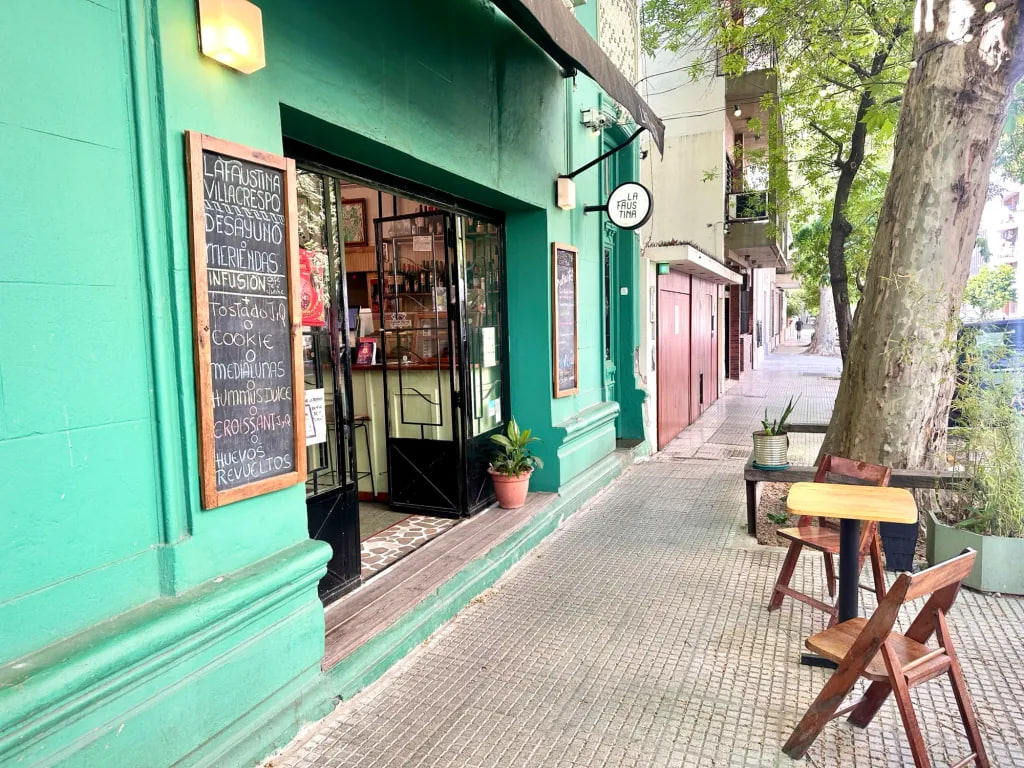
Crypto and the Argentine Freelance Economy
In crypto Buenos Aires, the gig economy has found its own rhythm. Thousands of residents now freelance for international clients, earning steady income through crypto payments.
Take a local graphic designer—earning around $800 a month in USDT or BTC via Bitwage, a trusted platform for cross-border crypto payroll. Part of the income is quickly exchanged for pesos using peer-to-peer services to cover essentials. The rest stays in stablecoins or is channeled into higher-yield crypto investments.
It’s a flexible, borderless system that more remote professionals are embracing in a city shaped by currency instability.
Receiving income in cryptocurrency helps professionals sidestep rigid banking frameworks—and often, tax obligations as well. That’s why freelancers in Buenos Aires are increasingly opting for crypto salaries as a means of preserving both their capital and their freedom.
Crypto adoption scene: How Cryptocurrencies Are Boosting Financial Inclusion Worldwide
Blockchain-Driven Growth of Crypto Culture
By 2025, crypto Buenos Aires has matured into something more than a financial workaround. The city is embedding blockchain into its public infrastructure, while local developers spin up new tools, tokens, and protocols. The result? A living, breathing crypto culture rooted in real-world transformation.
Blockchain Integration in Buenos Aires Public Services
As part of its commitment to digital innovation, the city of Buenos Aires launched its blockchain identity system in October 2024, built on QuarkID and backed by zkSync.
By March 2025, more than 3.6 million residents had received IDs that are now connected to the official miBA portal, streamlining access to city services such as healthcare scheduling and municipal filings.
According to President Javier Milei, the move is meant to normalize blockchain use in public life—paving the way for broader trust in the evolving crypto Buenos Aires ecosystem.
Take the next step in the city’s vision: reviving and expanding its 2022 crypto tax pilot, letting citizens settle public dues in digital currencies. To participate, residents will need their verified blockchain identity, tightly woven into the national crypto network.
With each move like this, crypto Buenos Aires is reinforcing its reputation as one of Latin America’s leading cities in blockchain implementation and stablecoin integration.
Read on: Will Milei Succeed Bukele as the Bitcoin Maximalist Leader?
The content on The Coinomist is for informational purposes only and should not be interpreted as financial advice. While we strive to provide accurate and up-to-date information, we do not guarantee the accuracy, completeness, or reliability of any content. Neither we accept liability for any errors or omissions in the information provided or for any financial losses incurred as a result of relying on this information. Actions based on this content are at your own risk. Always do your own research and consult a professional. See our Terms, Privacy Policy, and Disclaimers for more details.






